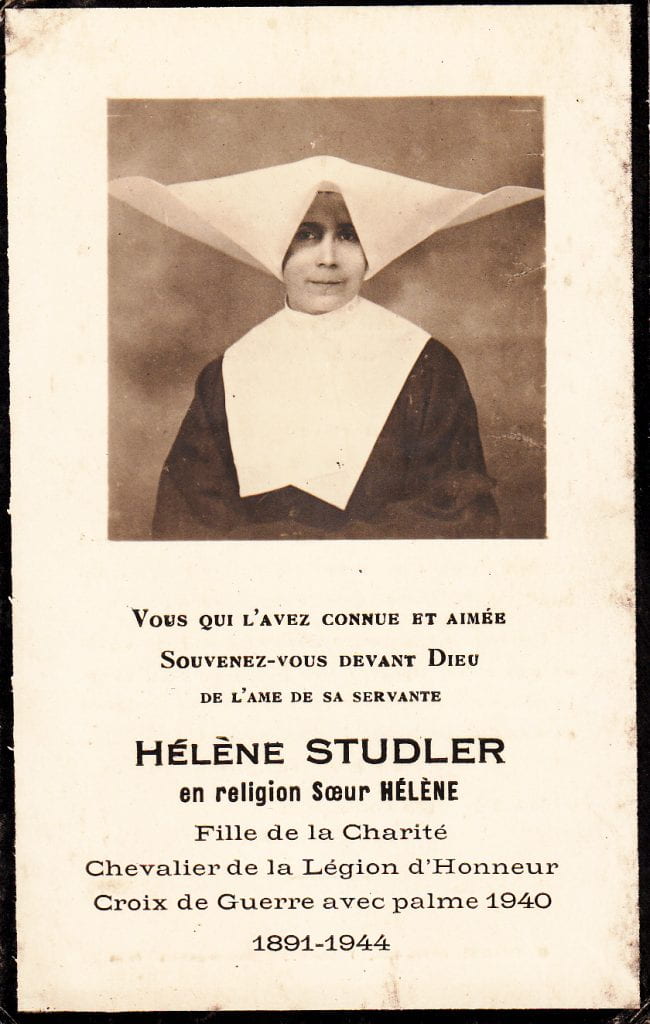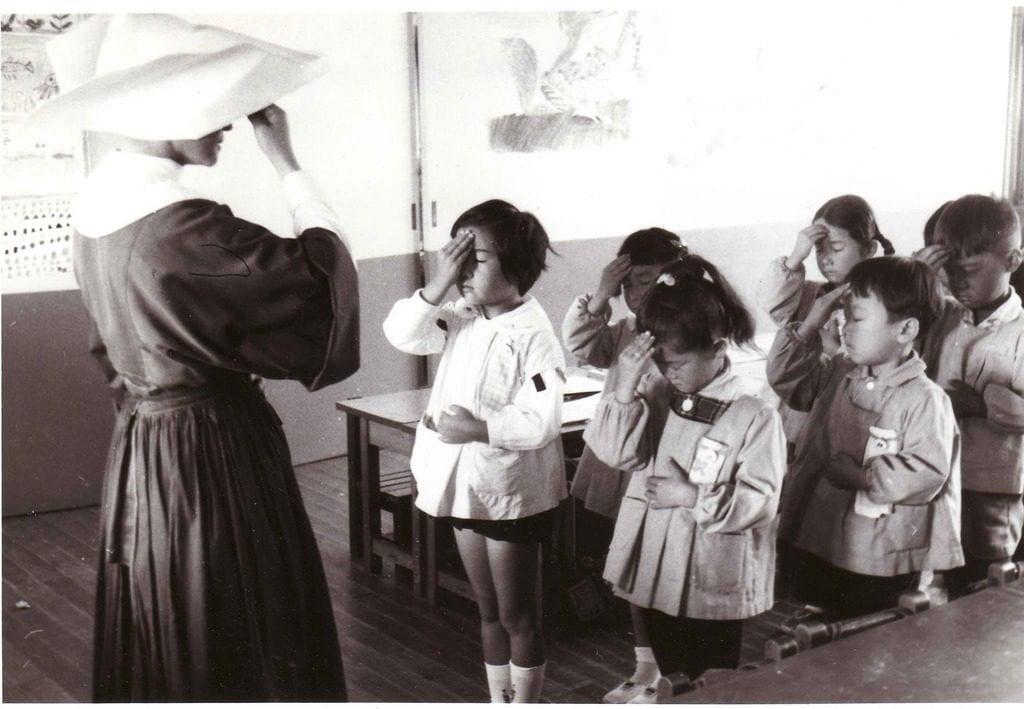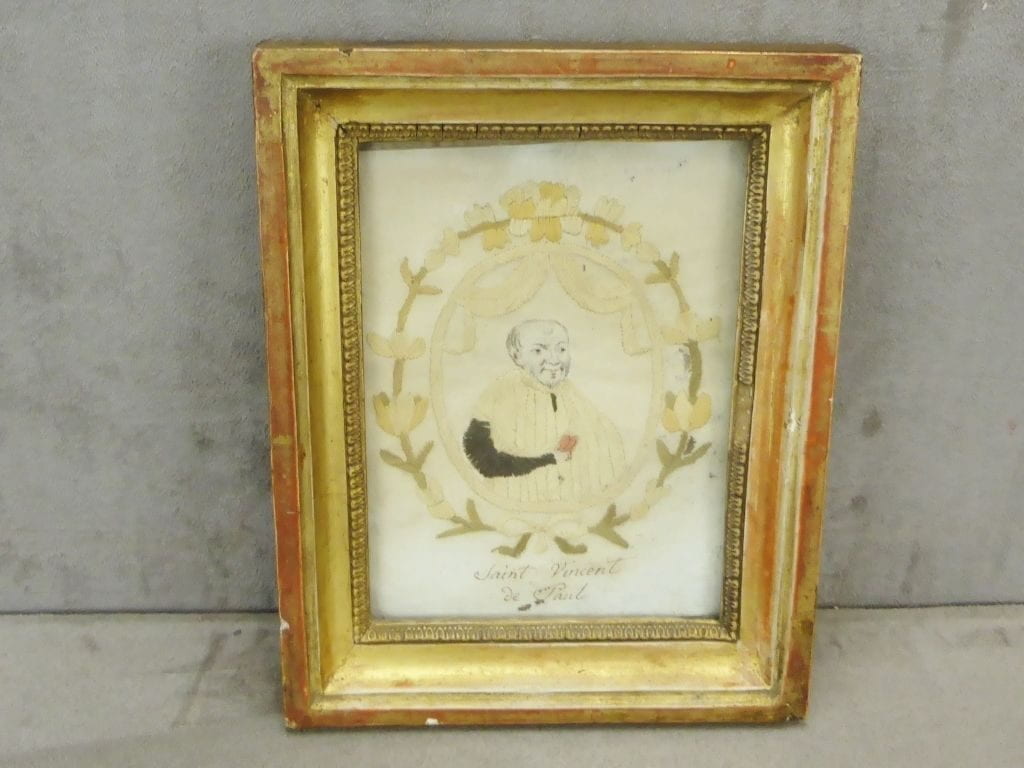This investigation of Vincent de Paul’s formative years reveals his humanity and shows his sanctity was achieved slowly, not as the result of dramatic events as tradition holds. The first part of this work covers the period between his schooling in Dax and his 1605 disappearance. The second explores the Tunisian captivity. The third consists of the time between his arrival in Paris and the mission at Folleville. The main assertions follow. Vincent probably was ordained earlier than the prescribed age of twenty-four. Such irregular ordinations were common at the time. Contrary to tradition, he did contest the possession of the parish of Tilh. The Tunisian captivity probably never occurred. The letters Vincent wrote describing it are genuine, but have many inconsistencies. Moreover, he never spoke about this time. He was distressed when the letters were rediscovered and attempted to get them back and have them destroyed. The embellishments, inaccuracies, and controversy surrounding this tradition are explained in detail. Finally, modern scholarship holds that Vincent had a gradual conversion. The stories about the false accusation of theft and the temptation against faith are untrue. The rebuttal to the first is given at length, while the one for the second is a summary.
“The Formative Years of a Saint: Vincent de Paul: 1595-1617” is an article published in the Vincentian Heritage Journal, Volume 13, Issue 2, Article 1 (1992) available at: https://via.library.depaul.edu/vhj/vol13/iss2/1




